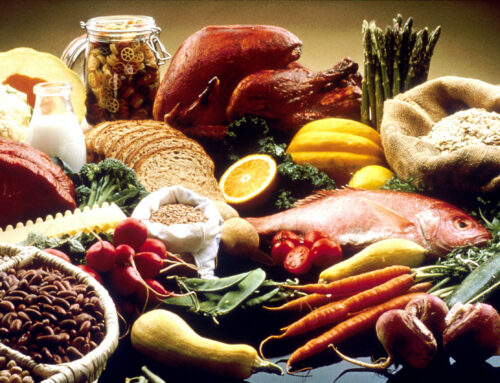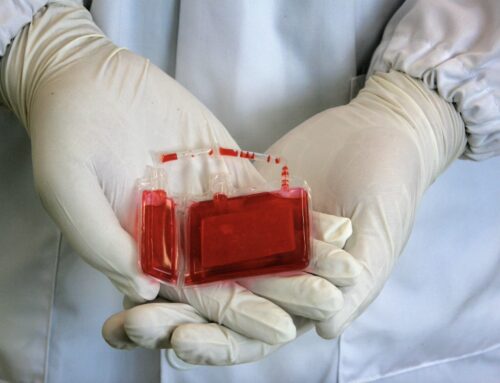Breast Feeding: How to, Benefits & Risks
How does a mother start breast feeding a child?
Here are some tips for mothers to get started with breastfeeding a newborn:
- Initiate breastfeeding soon after birth
Try to breastfeed within the first hour after delivery when the baby is awake and alert. This early sucking helps stimulate milk production. - Get proper latch
Position the baby facing you with their tummy against yours. Help them latch onto the entire areola, not just the nipple. Their mouth should be wide open. - Watch for swallowing
Look and listen for swallowing sounds, which indicate the baby is getting milk. - Allow full feedings
Let the baby fully empty one breast before offering the other breast at each feeding session. - Feed on demand
Breastfeed whenever the baby shows early hunger cues like rooting, sucking motions rather than on a strict schedule. - Ensure skin-to-skin contact
Keeping the baby’s bare skin against your bare skin can promote bonding and milk supply. - Avoid dehydration
Drink plenty of fluids like water, milk or juice to stay well hydrated for milk production. - Get assistance
Ask nurses, lactation consultants or breastfeeding specialists for hands-on guidance, especially in the first few days. - Be patient
It takes practice to get the latch and positioning right. Don’t be discouraged – keep trying. - Watch for dirty diapers
In the first few days, look for at least 3 dirty diapers per day to ensure the baby is getting enough milk.
The first milk (colostrum) is thick and yellowish but nutritious. Frequent feedings help establish a good milk supply. Proper support and allowing time for you and baby to learn is important.
What are the benefits of breast feeding?
Breastfeeding provides numerous benefits for both the baby and the mother over bottle feeding. Some of the key benefits include:
For the Baby:
- Ideal nutrition – Breast milk is the perfect nutritional source for infants, with all the vitamins, proteins, and fats needed for growth and development.
- Immunological protection – Breast milk contains antibodies that help protect against infections, allergies, and certain diseases.
- Digestion and absorption – The nutrients in breast milk are easily digested and absorbed by a baby’s immature digestive system.
- Bonding – Breastfeeding facilitates a strong emotional bond between mother and child.
- Cognitive development – Breastfed babies tend to score higher on IQ and developmental tests.
For the Mother:
- Faster postpartum recovery – Breastfeeding releases oxytocin, which helps the uterus contract and reduce bleeding after childbirth.
- Weight loss – Breastfeeding can help burn around 500 extra calories per day, aiding in postpartum weight loss.
- Reduced disease risks – It may lower the risk of breast cancer and ovarian cancer, type 2 diabetes, and postpartum depression in mothers.
- Cost savings – Breast milk is free, unlike the cost of infant formula.
- Convenience – Breast milk is always available at the right temperature without any preparation required.
General Benefits:
- Environmental benefits – Breastfeeding is a renewable resource that is eco-friendly and does not produce any waste.
- Societal benefits – It can lead to reduced healthcare costs and fewer parental work days missed due to infant illnesses.
While breastfeeding is natural, it does take practice and support. The benefits for both mother and child make it the ideal feeding choice recommended by health organizations worldwide.
What are the risks associated with breast feeding?
While breastfeeding is highly recommended and provides numerous benefits, there are some potential risks and challenges associated with it:
Risks for the Baby:
- Inadequate weight gain – If the baby is not getting enough breast milk due to issues like low milk supply or improper latch.
- Jaundice – Some breastfed babies may develop mild jaundice which usually resolves with frequent feedings.
- Allergies – The baby can be exposed to allergens through the mother’s diet transferred via breast milk.
- Medication exposure – Certain maternal medications can transfer into breast milk and affect the infant.
Risks for the Mother:
- Sore or cracked nipples – Improper latch or positioning can lead to nipple pain and damage.
- Breast engorgement – Breasts may become overly full, hard, and painful if milk isn’t removed adequately.
- Mastitis – This is a breast infection that causes fever, chills, and an inflamed breast.
- Nutrient deficiency – Excessive nutrients may be depleted from the mother if her diet is inadequate.
- Postnatal depression – Hormonal changes can increase the risk of postpartum depression in some mothers.
Other Challenges:
- Time and frequency demands – Breastfeeding requires frequent feedings around the clock.
- Public acceptance – Some mothers feel uncomfortable breastfeeding in public settings.
- Returning to work – It may be difficult to pump breast milk regularly when going back to work.
- Alcohol/smoking exposure – These can transfer to breast milk and affect the baby.
Most risks are temporary or can be managed with proper guidance, support, and lifestyle adjustments. The benefits of breastfeeding are still considered to outweigh the potential risks for most mothers and babies.




